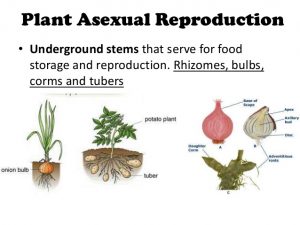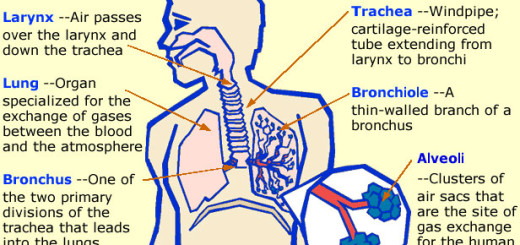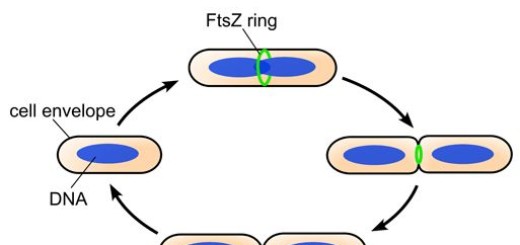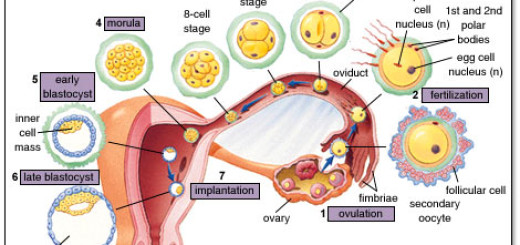Advantages and disadvantages of asexual reproduction in plants
Asexual reproduction in the plants
The asexual reproduction is the production of new plants without using of seeds, it can incorporate new characteristics into the plants, it is easier and cheaper, it can produce uniform plants, and some plants do not produce the seeds.
Some plants have developed a special type of asexual reproduction called the vegetative reproduction which takes place via the parts of the root, the stem, the leaves or the buds, there are two kinds of vegetative reproduction which are the natural vegetative reproduction and the artificial vegetative reproduction.
Natural vegetative reproduction takes place by many ways such as reproduction by the rhizomes, the corms, the tubers, the bulbs, and the offshoots, and the artificial vegetative reproduction takes place by three ways which are cutting, grafting and the tissue culture.
The asexual reproduction produces new individuals without the fusion of gametes, They are genetically identical to the parent plants and each other, except when the mutations occur.
Advantages Of the asexual reproduction
The organism that reproduces asexually has the ability to take many different extensive forms that allow asexual reproduction to succeed in various environments?
The asexual reproduction is only performed in the organisms that often stay in one place, It does not need mobility, So, most plants have a great ability to create their offspring as this process doesn’t need to move to another place.
Asexual reproduction has a rapid increase of offspring which is very helpful in producing lots of offspring, It lets the plants make lots of offspring effectively which will help them in increasing their genes.
The asexual reproduction is not complex, It requires less energy compared to the sexual reproduction, and there is no need for much time or energy to produce the offspring, so, the plants can produce many offspring without considering the amount of time or energy to consume.
The asexual reproduction does not need to look for a mate as looking for a mate is difficult or impossible with sexual reproduction especially when colonizing new areas and it needs only one parent which is ready to reproduce .
When the organism is established in suitable habitat, it can reproduce rapidly to produce many new individuals, and the stable environments with very little change are favourable for the organisms to reproduce asexually.
Disadvantages Of Asexual Reproduction
Most organisms that only perform the asexual reproduction process have less chance to adapt to the changes of the environment as they need stable environments.
Only one parent plant is required for the asexual reproduction, the new plants are identical to the parent so that good features will always be passed on, the chromosomes and genes of the parent will be copied, So, there will be genetic defects or the mutation in the offspring with no exception.
The asexual reproduction does not have the genetic diversity, there is less variation produced with the offspring, and the organism becomes less adapted to certain environmental changes, the entire communities will not be adapted to the harsh environment.
The asexual reproduction usually leads to struggle for the existence as well as the overcrowding, and the main distinction of asexual reproduction from the sexual reproduction is that there is no need for two parents as well as special cells to reproduce.
Asexual & sexual reproduction in plants, Pollination & Stages of fertilization process in plants
Methods of reproduction in living organisms (Asexual reproduction & Sexual reproduction)
Reproduction process and types of asexual reproduction





Am a craft certificate student in general agriculture at Ukwimi trades,petauke Zambia.I appreciate these notes for my studies.
Hi, my daughter is in class 8,these notes helped her a lot while completing her summer assignment of biology. ☺
I read in class 7 these things helped me a lot